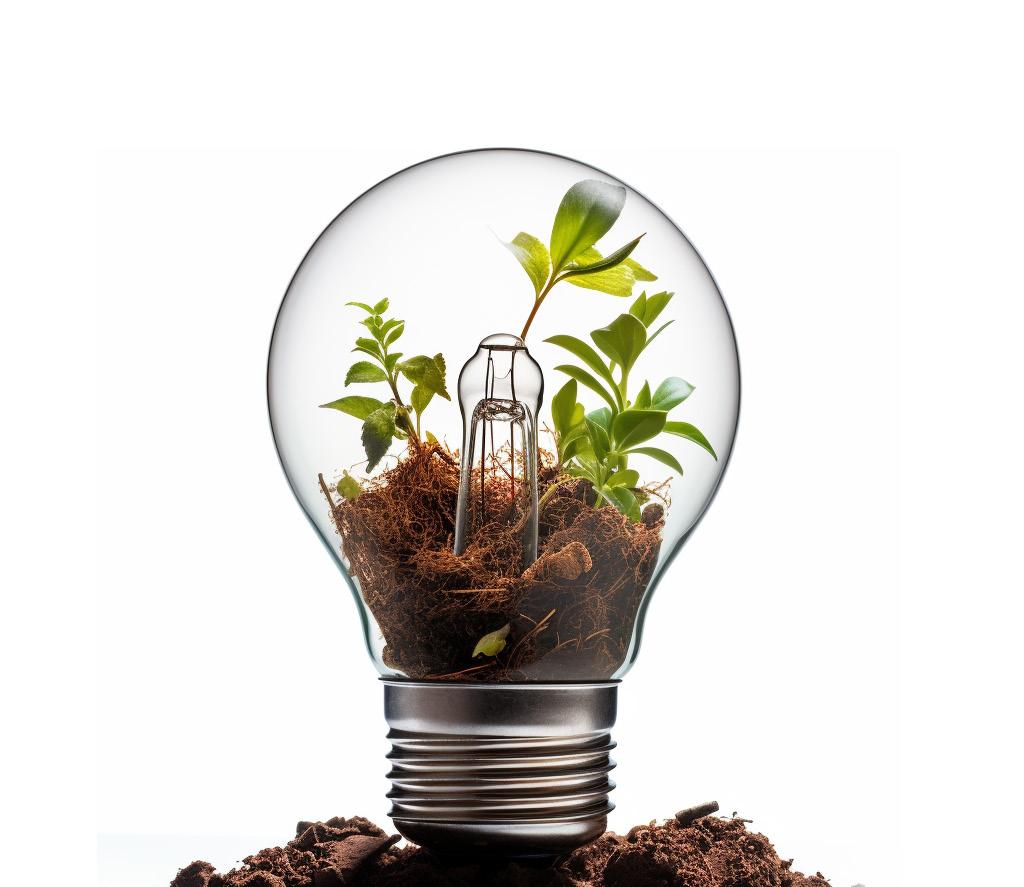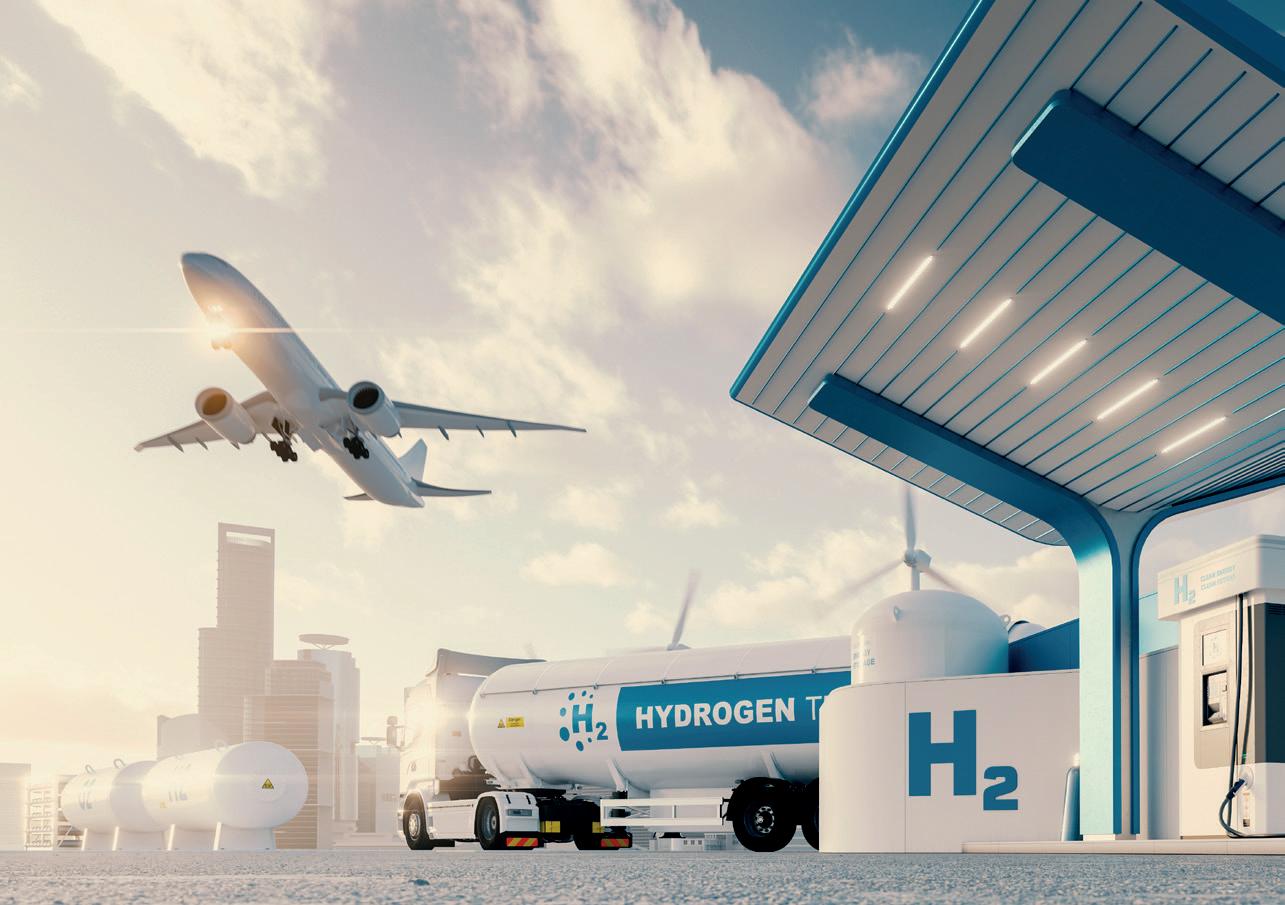
3 minute read
ARTIFICIAL ISLANDS
from HIL ISSUE 15
Building Artificial Islands For Domestic Energy Production
by Floyd March
Advertisement
Denmark has historically led the way for renewable developments, most notably with the first offshore wind farm in 1991. Expanding on this proven track record for renewables, an artificial island was announced in the early 2020s. Hydrogen Industry Leaders examines the viability of further ‘artificial islands.’
Built across multiple phases, once the artificial island is completed, it will be capable of producing enough energy for over 10 million homes. Looking to boost offshore wind capacity by 2050, innovative projects such as this have been hailed as ‘history-making’.
Acting primarily as a transmission centre for wind turbines surrounding the North Sea, the first energy hub will be located just under 100km off the Danish coastline. At a cost totalling $34 billion, this will be the largest construction project in the country’s history.
Image: Global Wind Energy Council
Whether other countries will follow the lead in this innovative project or wait to see how it plays out, Denmark is determined to show the export opportunities available and reassure the hydrogen market on the global stage.
The island is expected to cover an area between 120.000 and 460.000 square meters, depending on whether the hub will host 3 or 10 GW. The exact size and outline of the island are subject to negotiations with the private partner that wins the bid to construct it.
$34bn to install up to 10GW capacity
Initial capacity of the hub will be 3 GW of offshore wind energy, roughly equivalent to half of Denmark's current offshore production. Over time, this capacity can be increased to 10 GW, nearly 1.5 times the current Danish electricity consumption, The energy hub will have the capacity to power approximately 10 million households across Europe.
Volume of wind turbines and their size will be determined by the winning tender, ranging between 200 to 600 turbines, potentially measuring over 260 meters from sea level to blade tip, making them unprecedented in scale.
This ambitious project represents the largest construction endeavour in Denmark's history, with an estimated total cost of around 210 billion DKK (approximately 34 billion USD). Its success could serve as a blueprint for other coastal nations seeking to develop their own green energy sources, as it has the potential to be implemented in various locations worldwide.
Denmark shaping up to become renewable energy exporters
When the hub reaches its full capacity of 10 GW, Denmark will produce one and a half times its domestic electricity needs, with plans to export renewable energy to neighbouring European countries and beyond. The island will also become a hub for green hydrogen production, primarily derived from seawater, with an emphasis on exporting it to countries facing geographical challenges in hydrogen production.
To manage surplus electricity efficiently, the hub will incorporate battery storage systems, reducing curtailment and ensuring a future-proof approach for potential advancements in battery technology.
Though holding a majority stake in the project, the Danish Government has invited private companies to participate in a partnership to construct the hub. This approach aims to incentivise private sector involvement and is expected to garner significant interest.
In the context of the hydrogen economy, the Danish Government has adopted a traditional policy-driven approach to encourage industry investment, similar to the strategies employed in solar, wind, and other renewable energy sectors. This project signifies a step forward in Denmark's commitment to sustainable energy, and showcases the potential for global energy transformation.

Can this be replicated by other nations - perhaps not?
Despite a slight downturn in offshore wind installations during the mid-2000s, there has been a rapid deployment across the globe. This has been significant since 2020, which according to The Renewables Consulting Group saw record-breaking levels of investment.
There are many moving parts to a development of this size, including political backing, planning permissions, private sector support, sufficient green skills in the supply chain, and geographical landscapes. All of which have their own nuances that require detailed navigation to achieve the GW of power required to power 10 million homes. It is likely to be a ‘seeing is believing’ scenario where other nations look towards Denmarks’ innovative plans to see if there is a more secure business case formed from the successes and vital lessons learned from the world's first project.
Jeppe Kofod Minister of Foreign Affairs Denmark

It is clear that the development of this artificial island has the potential to produce an inspiring amount of hydrogen and renewable power. Implementing this across other parts of the globe might be more difficult, however.
Whether artificial islands become a new trend to tackle limited space and geographical concerns or whether this world-first will remain a solo project, it is undeniable that this pioneering engineering design will help boost decarbonisation hopes across the globe.







